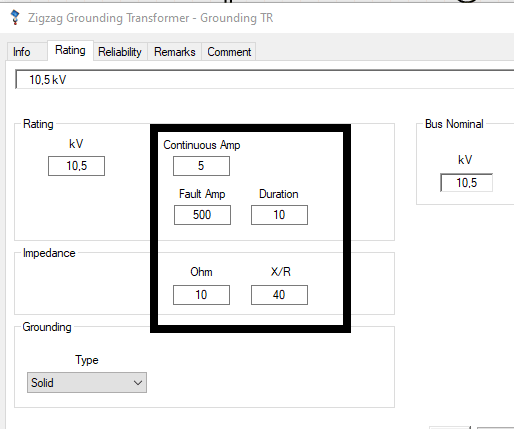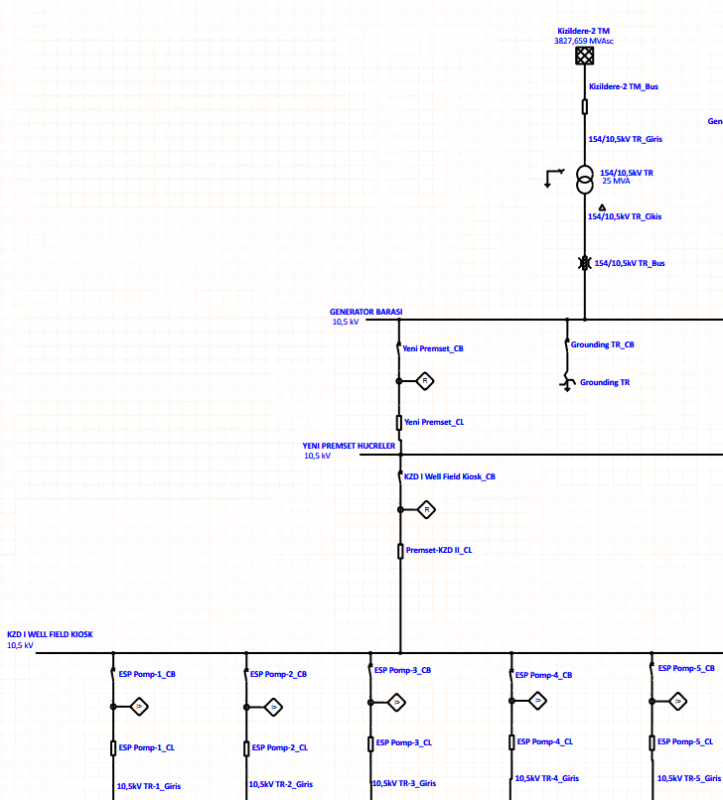Gonenc,
First of all check out the book prc has recommended you, it will guide you to select the limit ground current in order to minimize transient overvoltages in case of faults to ground. In the book there are pretty straightforward formulas to obtain this rating.
But suppose the 1 kA it's the right choice, let's move on to your questions:
Gonenc said:
Should I add also, neutral resistor for this application ?
The choice also depends on the transient overvoltages and the maximum ground reactance you can put in your system (again refer to the recommended book).
From my experience, 1 kA may be unusual for a grounding resistor (are most common for < 500 A where I live).
Gonenc said:
Continuous Amp= What is it ? As much as I understand this value should determine according to unbalance condition
It does account for unbalance conditions. Typical value: 10% of the transient current (but this is conservative, standards may recommend lower values).
Gonenc said:
Fault Amp = This value represent the current which is passing through artificial neutral point or one phase winding of zigzag transformer during fault condition ?
Typically the rating is for the neutral current but here it depends on ETAP (I don't use it, so I can't help with this).
Gonenc said:
Ohm= I think, this one is reactance of per phase. As much as I have searched from google, reactance of grounding transformer is really high if I compare with normal power or dist. transformer reactance. I am not expert but as I know reactance of those transformer around mohm. So, if I mention transformer manufacturer, can they adjust the reactance of winding, what I want to limit faulty current ??
X/R = How can I determine it or tell the transformer manufacturer ?
Once you specified the ground current limit, the impedance of the earthing transformer it's already defined (if there is no additional resistance, at least):
z0 = ( 1.73 x VL-L) / I ground-fault = 57.16 ohm (for the 1kA current, if I did it right). And yes, is a per phase impedance.
Hope it helps.


